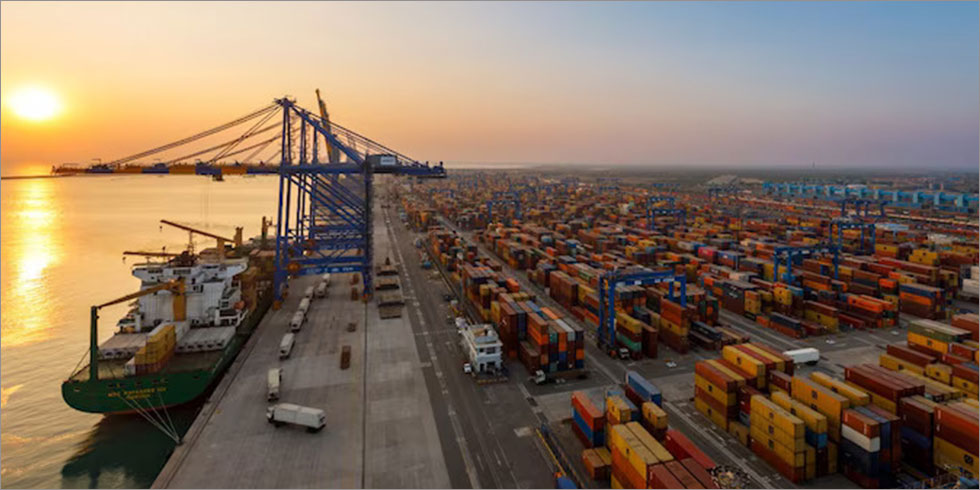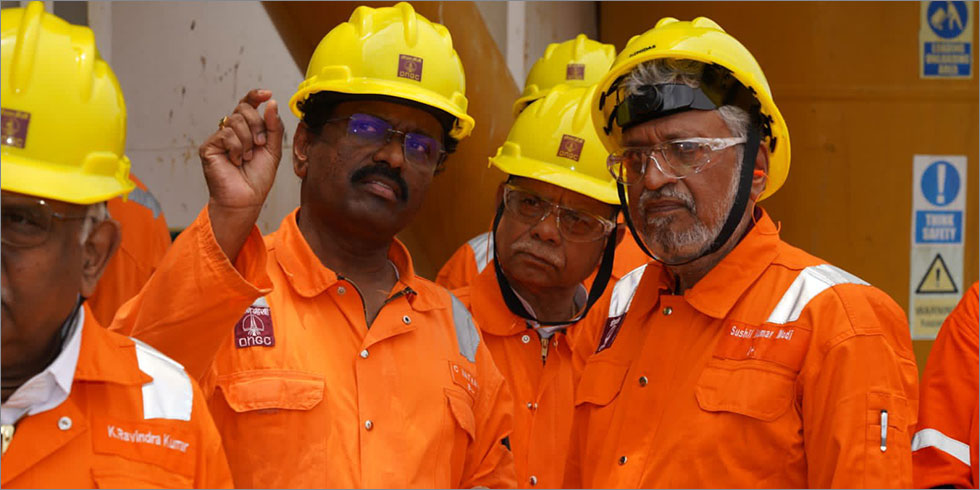It’s a forecast that’s being talked about in boardrooms across the globe: by 2025, or probably sooner, India will overtake Japan to become the world’s third-largest oil consumer, behind the U.S. and China.
With India showing consistent strong growth in energy demand, the country’s oil import dependency is almost certain to increase further. Rapid economic growth is increasing Indian demand of oil to fuel industrial production, transportation and power generation. With rising income levels across several of India’s growing middle classes, demand for automobiles is rising.
The response from private sector investors is also picking up pace.
Cairn India, a subsidiary of Anil Agarwal’s diversified conglomerate Vendata Resources, is investing about $4.5 billion (300 billion rupees) during the next three years. The goal is to increase volumes by 100,000 barrels per day (Mbbl/d) from the company’s fields in Rajasthan state. “Out of the $50 [barrels per day] of price, the government gets $43 (in taxes, royalty, surcharges and profit petroleum), and the company gets $7. There cannot be any better “Make in India,’” Agarwal said using Prime Minister Narendra Modi’s economic nationalism slogan.
Agarwal has pointed out that much of India remains to be explored for oil, gas and other minerals. He said there are new resources still below-ground that can and will be produced. Modi’s administration will soon unveil new policies that extend the life of 28 oil and gas block leases in an effort to not only add significant revenue to the overstressed national budget, but also to enable the recovery of reserves.
The current government wants more investments to flow into these fields, all of which were licensed prior to 1999.
According to the government’s Press Information Bureau, extension terms will raise the government’s take via an increased percentage of so-called “profit petroleum”—proceeds from the sale of hydrocarbons that companies share with the government. Companies will be encouraged to use technologies to increase production. India’s Cabinet approved a similar extension on March 10, 2016, for another set of pre-1999 fields. But unlike the ones currently under review, these had hydrocarbon discoveries when the contracts were signed. In the March decision, the government hiked its share of profit petroleum by 10% based on terms of existing contracts.
The 25-year lease period for Cairn’s block in Rajasthan, known as RJ-ON-90/1, expires in May 2020. The contract provides for a mutually-agreed 10-year extension—if gas is being produced commercially. The field began producing gas commercially in 2013.
Cairn’s 30% joint venture partner, the state-owned Oil and Natural Gas Corp., has already agreed to the extension. In December, Cairn asked the Delhi,-based High Court to direct the national government to extend the contract. The court will hear the case again on Nov. 7, 2017. There’s no dispute between Cairn and the government. The company went to court because it wanted to expedite a decision on contract renewal. Although the blocks were assigned as exploratory blocks, many of these blocks are producing now.
India also aims to reduce its dependency on oil and gas imports by 10% to 67% by 2022. The country hopes to do this by increasing domestic production, adding acreage for exploration and encouraging companies to deploy technology to enhance oil and gas recovery.








Add Comment